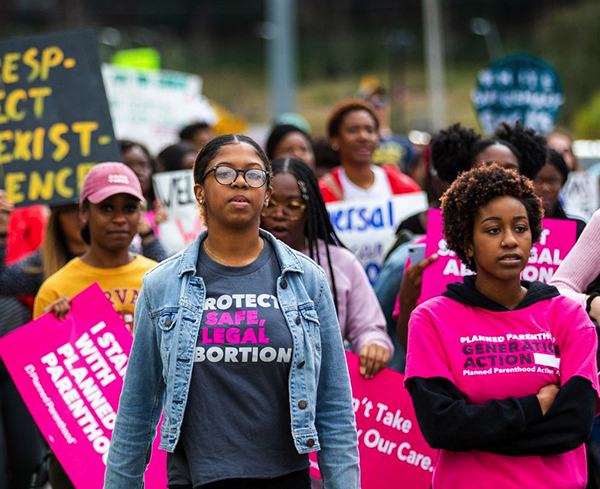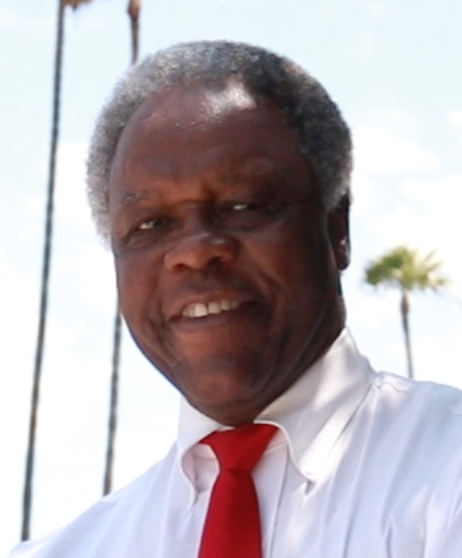Mob street takeovers in Los Angeles spark calls for tougher enforcement: THE HUTCHINSON REPORT

This was the fourth time I have gone to a location in South Los Angeles where a mob had taken over the street. This time they vandalized a bus station and an adjacent shopping center.
The inevitable question after each of these mob actions is what to do about them and why do they continue unabated and with such gleeful delight and frenzy.
Mayor Karen Bass sped to the scene and gave her answer. That is a tough crackdown and arrests. Others called for the deployment of the National Guard to stop the looting. Still others demanded swift mass arrests. They were especially angered that no arrests of the mob vandalizers was immediately made.
These are legitimate questions and concerns. But they also beg the larger question of why street takeovers not only happen but seemingly have gotten bigger, bolder and more in the community and law enforcement’s face each passing month? The other equally perplexing question is what must be done to stop them?
The starting point to answer question one is just who the individuals are involved in street takeovers and why. There has been no detailed profile of the typical street takeover participants or their motive for participating.
From my observation, they are mostly young, comprised of all ethnicities and even genders, and treat the street takeovers as part thrill, part happening, part sense of momentary empowerment, and almost certainly part defiance of authority.
There is also the sense, maybe even expectation, of an accident, injury or even in extreme cases death. That heightens the thrill-seeking excitement.
Then there’s social media. It has made it simple for individuals to gather at a designated street corner at a designated time once the word goes out. In the street takeovers I directly observed I was struck by how fast the crowd gathered at the location and how fast they dispersed the moment the Los Angeles police or L.A. County sheriffs showed up.
This makes it more difficult for law enforcement to quickly intervene with arrests. It’s also a partial answer to the question angrily asked why there weren’t prompt mass arrests made at the scene of the latest mob action.
Maybe there was a little collective amnesia on the part of law enforcement and city officials with the latest mob attack. I say that because in a few prior takeovers, law enforcement moved swiftly and blunted the violence.
It accomplished that by forming a specially trained task force that employed a combination of intelligence information to quickly arrive at and then surround the scene. Then it followed with targeted arrests.
This had a sobering effect and sent a strong message that law enforcement had finally developed a tactic to combat a takeover with the proviso that it could get ahead of the mob.
Street takeovers are certainly not new. The goal is always to provide entertainment and cheap thrills for the spectators. It feeds the sense of defiance and faux empowerment that many young people feel at thumbing their nose at authority by commandeering a street.
The other factor that helps to understand why street takeovers have cropped up to be the new sport of thrill seeking is the cultural dynamic. Once a deviant act is embraced by numbers of in this case bored, alienated and rootless young persons, it takes on a dynamic of its own and becomes embedded in the subculture.
That ensures that hundreds of people will quickly embrace the call to show up a location for the action.
There have been numerous efforts by state legislators to enact measures to combat takeovers. They include tougher sentences for those arrested, the permanent impounding of vehicles, stiff fines imploring community residents to promptly report a street takeover, and reconfiguring street corners with barriers and speed prevention bumps.
These measures have had varying degrees of success, particularly in areas outside of South L.A.
That success has proven to be a double-edged sword. It has made South L.A. even more vulnerable and a target for street takeovers.
The feeling among many is that law enforcement will be more lax and slower to respond there. This is the exact reason law enforcement, in tandem with the community, should respond even faster to the first sign of a takeover gathering in South L.A.
That did not happen with the latest mob action. That should send the warning that without a plan and swift action to carry it out, mob action will continue to be a never ending and infuriating part of the L.A. street scene.
Earl Ofari Hutchinson is an author and political analyst. His latest book is “Conned: Why the MAGA Nation?” (Middle Passage Press). He publishes thehutchinsonreport.net and produces the weekly HutchinsonLive Facebook Livestream.





